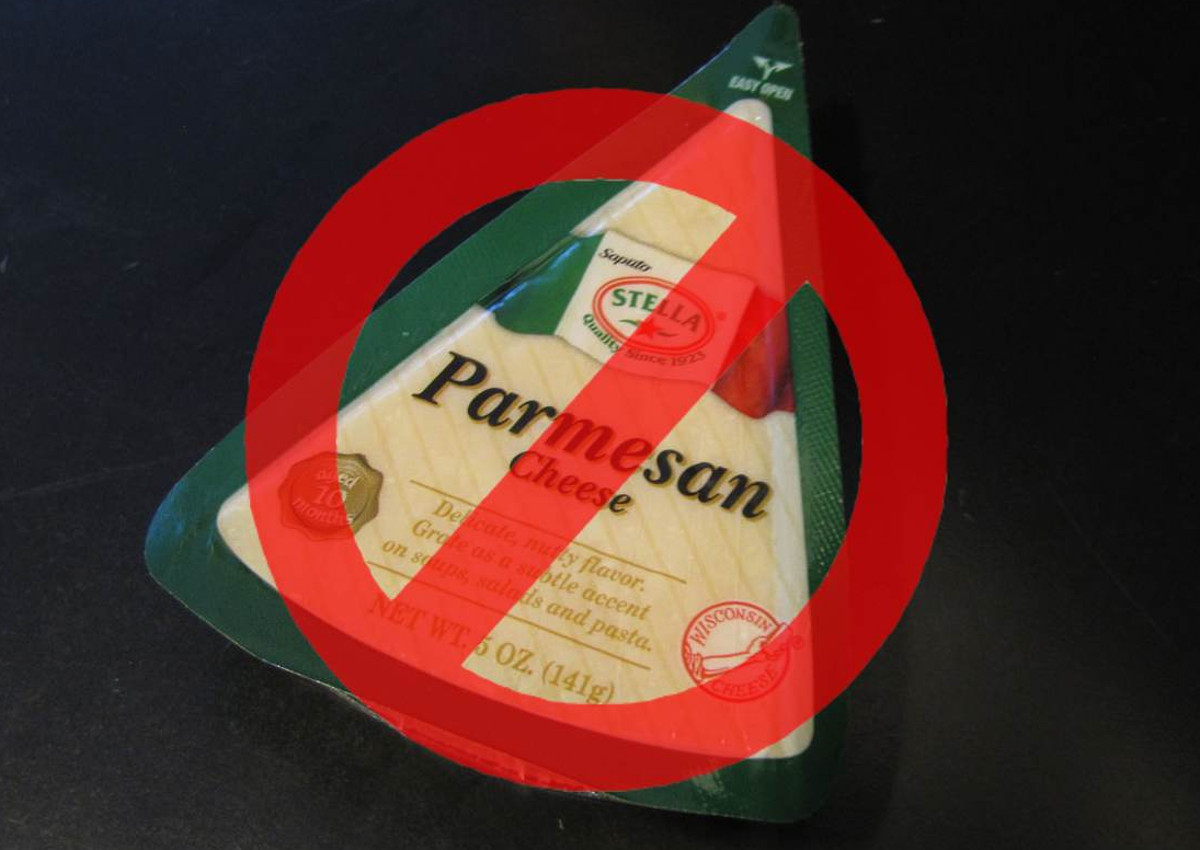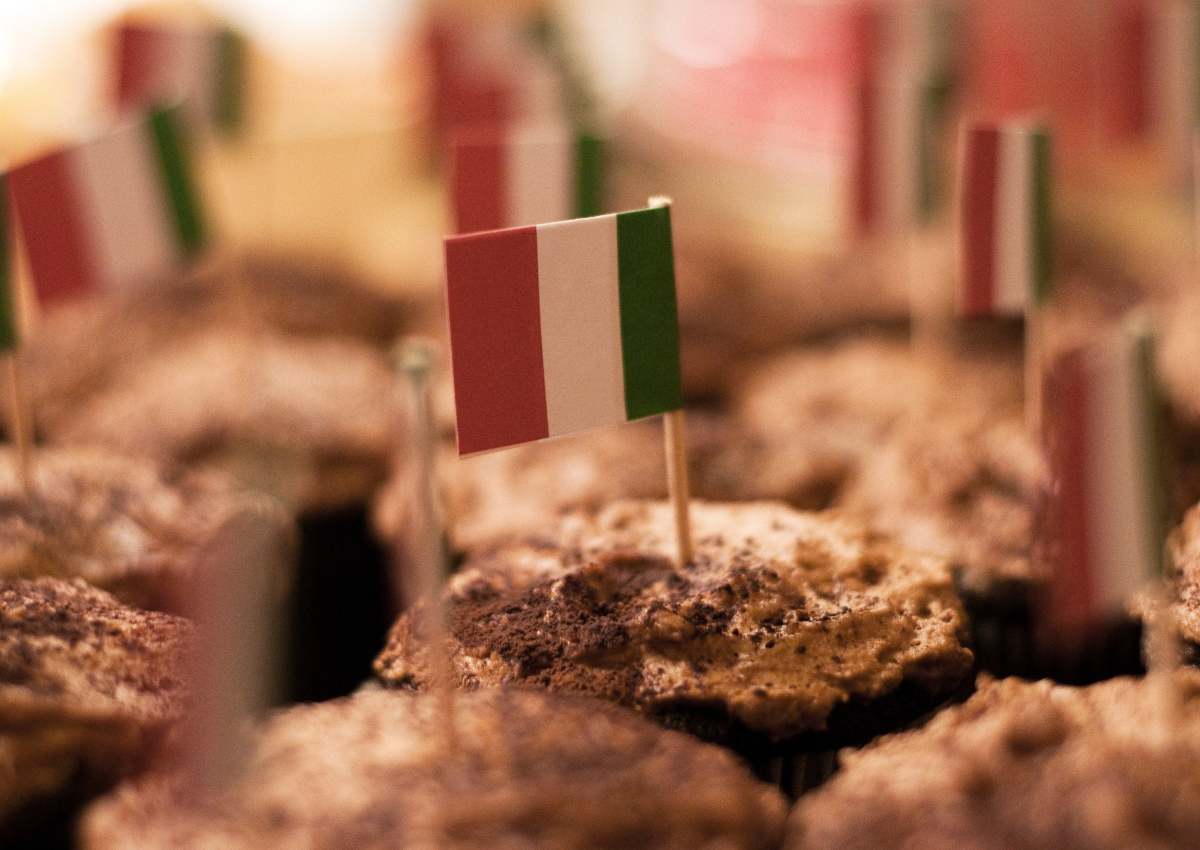Italian sounding food in the UK costs up to 69% less than the original Made in Italy products. Conversely in France, Switzerland, and Luxembourg counterfeit can be more expensive than the authentic product. Assocamerestero – the association that brings together the 78 Italian Chambers of Commerce Abroad (CCIE), together with private, foreign, and market entrepreneurial subjects (such as Unioncamere) – has recently presented the results of its 2018 survey on Italian sounding food products. The focus is on two areas: Europe and North America. The survey is part of the “True Italian Taste” project promoted and financed by the Italian Ministry of Economic development as part of the “100% Made in Italy Food Promotion Campaign”. The project carried out by Assocamerestero in cooperation with 21 Italian Chambers of Commerce abroad.
WHAT IS ITALIAN SOUNDING?
Italian sounding is the improper use of names and evocative images of Italy to trick consumers into buying products that are not Italian. The goal of Assocamerestero’s survey is to analyze the characteristics of this phenomenon, observing various issues – such as product type, sales channel, and packaging – and assessing its impact on exports of the Italian food industry. The turnover of Italian sounding is 90 billion euros globally: a value that has grown by 70% in the last ten years, and is equal to three times the turnover of Italian exports in the food sector (32.1 billion euros in 2017).

COUNTERFEITED FOODS AND CATEGORIES
For the two concerned areas, the category that is most affected by Italian sounding is confectionery: 42% of counterfeited products are ready-to-eat and frozen, preserved and seasoned. These are followed by dairy products (25.1%), pasta (16.1%), meat (13.2%), and bakery (3.6%). In Europe, counterfeited confectionery products are more widely distributed than the general average, while in the NAFTA area dairy products rank first. Among the more than 800 Italian sounding products we can find the “pizza carbonara” or the “mortadela Siciliana” (found in Spain), while in the Americas there are frequent grammatical distortions such as “sarvecchio” instead of “stravecchio” or the “sopressata” that loses a “p”.
PRICES
A cost index has been elaborated which measures how far the prices of Italian sounding products differ from those of authentic Made in Italy food. The strongest cost reduction is recorded in the UK (-69%), head-to-head with Germany (-68.5%), followed by Belgium (-64.9%), the Netherlands (-64.3%), Switzerland (-33.9%), and Luxembourg (-25%). Italian counterfeit dairy products cost respectively 13.9% and 34.5% more than the original one in France and Switzerland. In the confectionery sector, Luxembourg recorded an increase in price of 18.3% compared to Italian products, whereas the sharpest falls were recorded in Spain and in the Netherlands. Germany leads the way in reducing pasta costs (- 47.9%), while Switzerland and France are still in a state of misalignment, increasing prices by 33% and 16.6% respectively. As for bakery products, in Spain customers can pay up to 10.7% more than the authentic Italian products, while in France the costs are lower by more than 47%.
TRUE ITALIAN TASTE
“The survey shows an interesting fact: in some markets and for some products, the choice of the Italian sounding is not linked to costs and prices. Conversely, it has much to do with the difficulty of finding authentic Italian products and foreign consumers’ lack of knowledge about the features and the quality of the authentic Made in Italy food – says the president of Assocamerestero Gian Domenico Auricchio. The True Italian Taste project is designed precisely to ensure that the choice of authentic Italian products goes through the experience of their excellence. To achieve this, it is involving over 500,000 food operators and food lovers from markets that are most important for our exports in over 200 different activities and events“.

